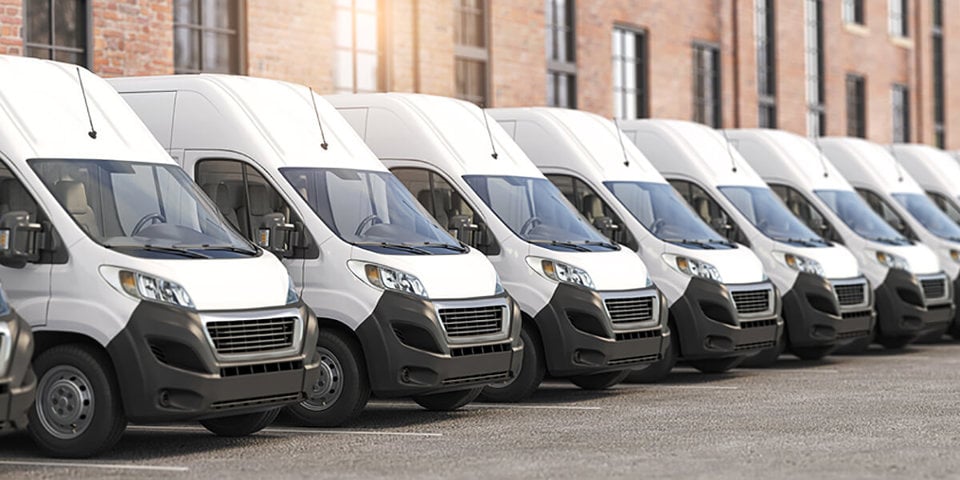Incentivising electric van demand needs to be part of Government plans to help the auto industry hit zero-emission vehicle (ZEV) targets, the Association of Fleet Professionals (AFP) has warned.
Ministers met with carmakers this week for crunch talks around the ZEV mandate and plans to end the sale of new internal combustion engine (ICE) vehicles from 2030.
Following the meeting with manufacturers, it reiterated its commitment to the 2030 phase out date for “cars solely powered by internal combustion engines” and the “delivering the ZEV transition in a way that also supports UK economic growth”, adding it will set out further details in due course.
There was no mention of vans, but again a clear indication that some hybrid technology will be allowed, as previously revealed by Fleet News.
The ZEV mandate requires more than a fifth (22%) of cars and 10% of vans sold by manufacturers to be electric this year.
The targets become tougher each year ahead of the 2030 phase out date for petrol and diesel vehicles.
While almost 300,000 new EVs have reached the road in 2024, trade body the SMMT says this represents 18.1% of the market – an increase on 2023, but still significantly short of the 22% target for this year and the 28% which must be achieved in 2025 under the ZEV mandate.
Meanwhile, fully electric vans currently account for a 5.6% market share – significantly below the 10% required by year end.
AFP chair Paul Hollick said that “flexibilities” reportedly under consideration by the Department for Transport (DfT) – such as allowing manufacturer factory emissions to be taken into account or including exported vehicles made in the UK in the tally – would do nothing to encourage van fleets to electrify.
“The Van Plan that we launched with the BVRLA and other parties a few months ago explained the demand issues that are behind slow electric van uptake – insufficient public and private charging infrastructure, regulatory barriers, and affordability and availability of suitable product,” he added.
“The problem with electric van sales is not so much that they are lower than expected, as seen in the electric car market, but that they appear to have stalled altogether around the 5% mark.
“Fleets are effectively refusing to buy them for practical reasons and forcing manufacturers to make increasing percentages of vehicles under the ZEV Mandate doesn’t solve that core problem.”
He continued: “From reports of recent meetings, they appear to be approaching their rethink from the point of view of helping manufacturers offset limited demand rather than finding ways to dramatically encourage fleets to purchase. We think that creates an unsustainable situation.”
The AFP argues that only a step change in technology improving the range and payload issues with electric vans would resolve core fleet objections, so potential Government action lay instead in areas such as infrastructure, regulation and financial incentives.
“Again, as mentioned in the Van Plan, we need to find ways of rapidly making more chargers offering cheap power available in more places and more accessible to vans, as well as resolving the ongoing issues around licensing and operation of 4.25 tonne vans,” said Hollick.
“Improving these scenarios would potentially create at least some impetus.”
Hollick believes that a similar carrot to low company car tax rates may be necessary for electric vans to generate the kind of momentum that Government wants to see.
“Businesses may need to be given a genuine financial benefit to offset the operational problems they experience around electric vans,” he said.
The Government announced in the autumn Budget that it will provide £120 million in 2025/26 to support the purchase of new electric vans via the plug-in vehicle grant.
Hollick concluded: “We’re presently in a situation where it appears that many fleets, having found during the pandemic that they can practically extend replacement cycles by several years, are planning to hang on to existing diesel vans until the situation surrounding electric vans improves.
“Pushing more and more production volume into a market where that kind of attitude is present makes limited sense.”





















Login to comment
Comments
No comments have been made yet.